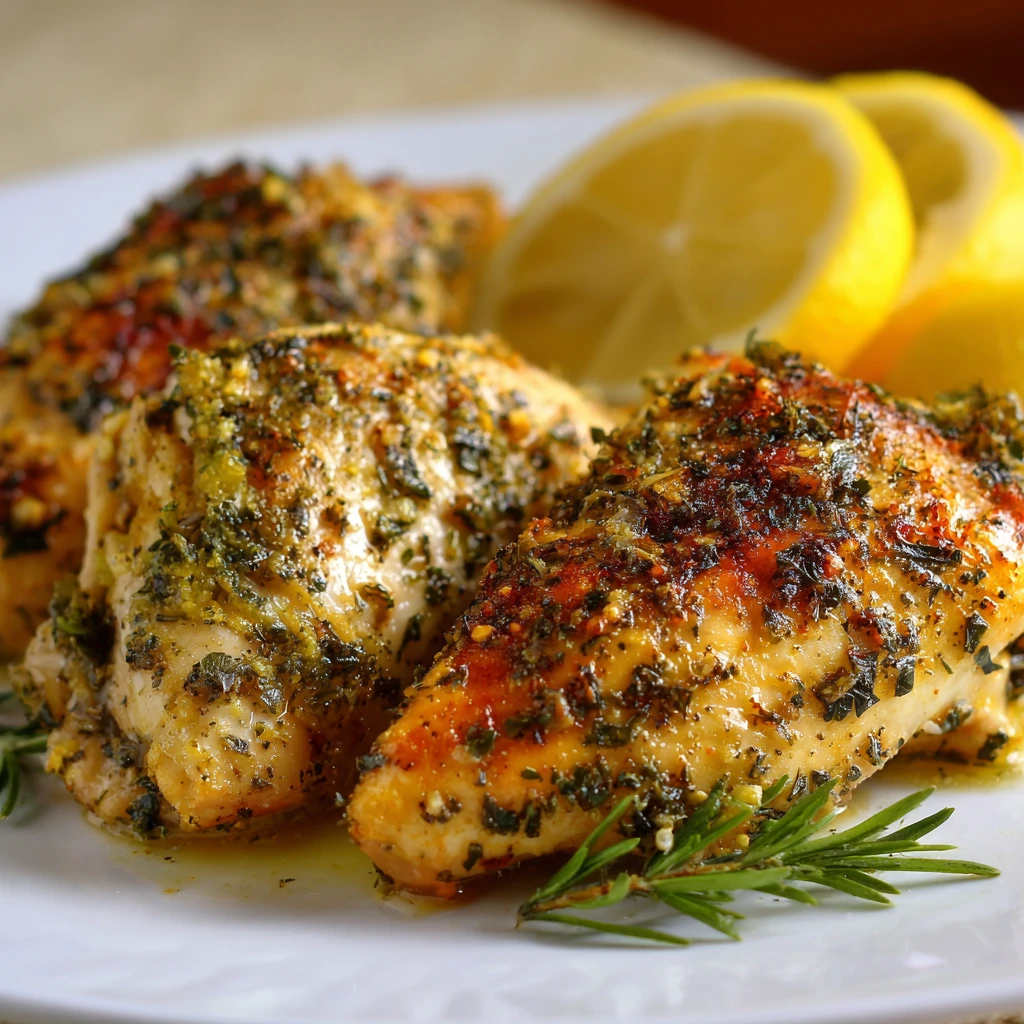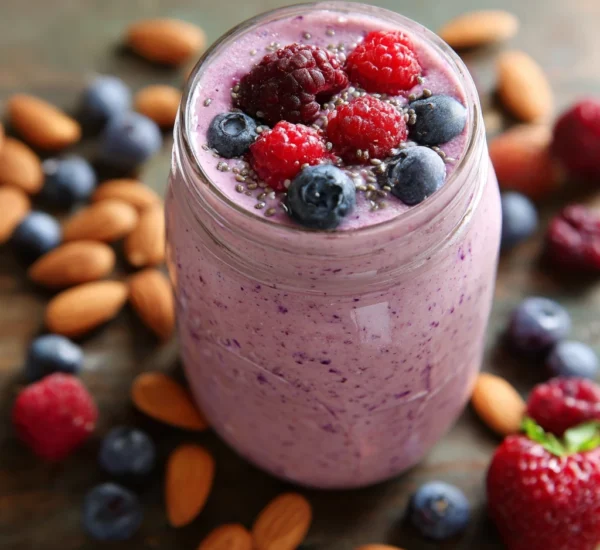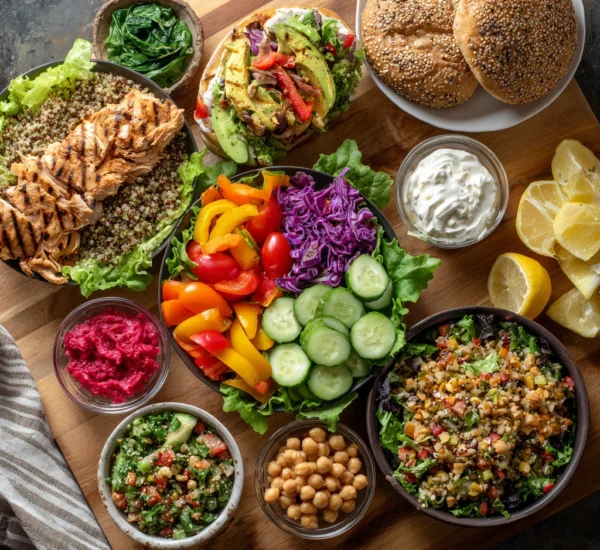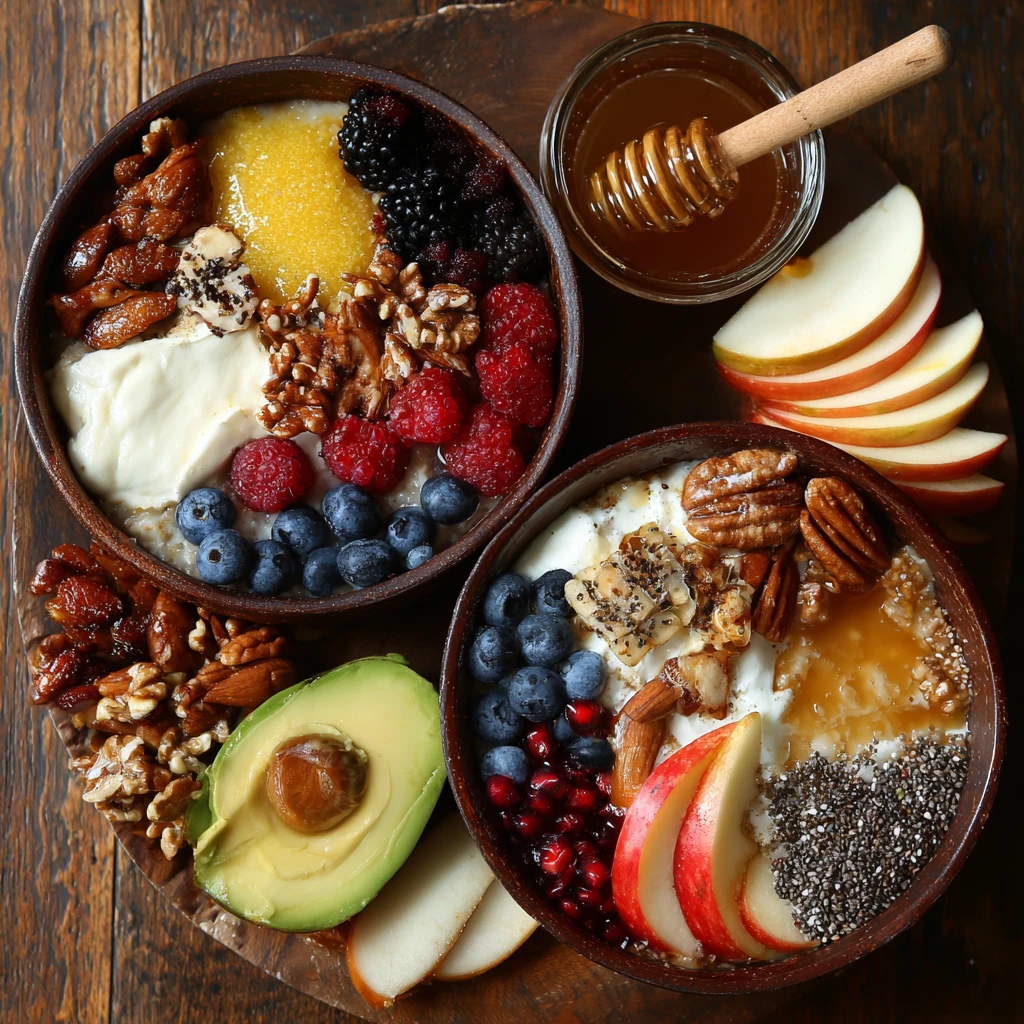Healthy Doesn't Have to Be Boring: Flavorful Low-Cal Recipes
Embrace Flavor: Delicious Low-Calorie Cooking
Tired of the same bland diet food? Healthy eating doesn’t have to mean sacrificing taste. This guide is packed with flavorful, low-calorie recipes that prove you can enjoy delicious meals while reaching your health goals. We’ll explore how to maximize flavor with fresh ingredients, creative spice combinations, and smart cooking techniques, ensuring your journey to a healthier you is both satisfying and sustainable.
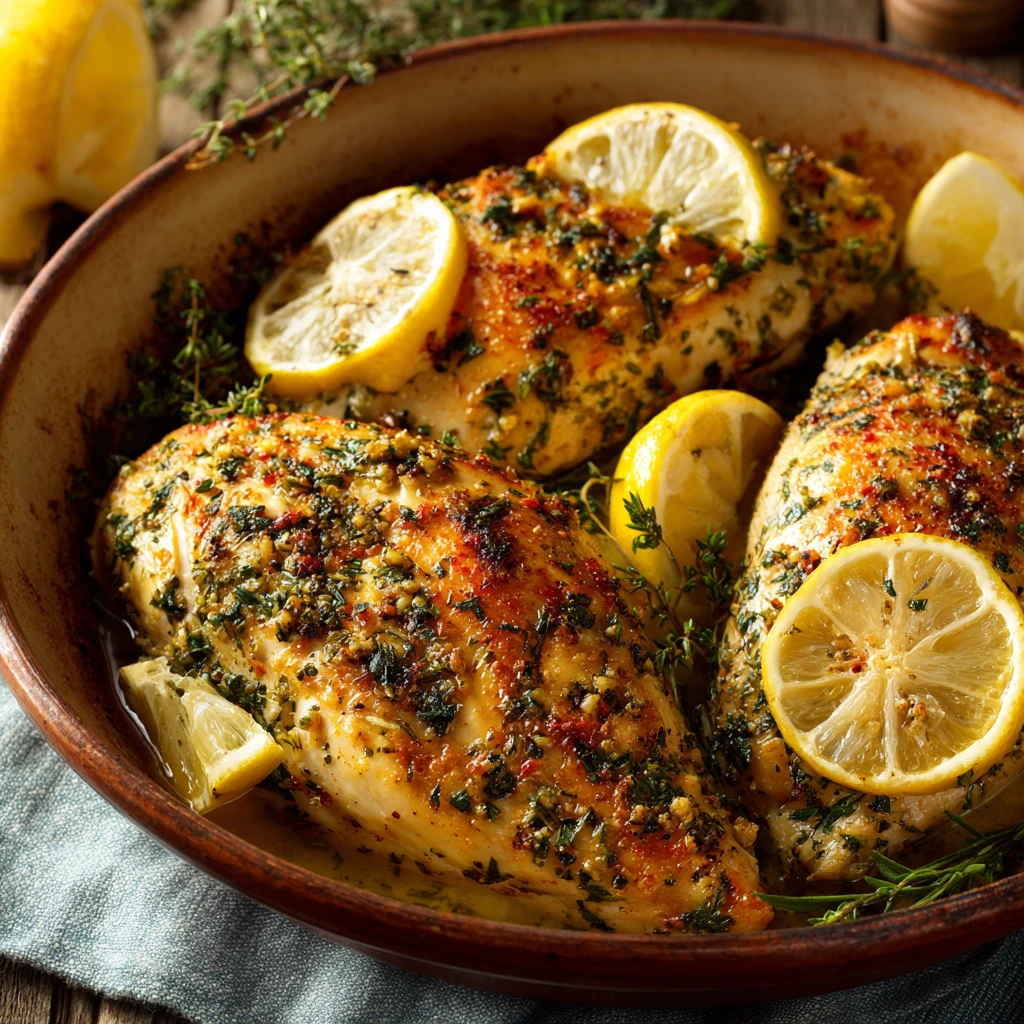
The Art of Flavor in Low-Calorie Cooking
Creating flavorful low-calorie meals is all about understanding how to maximize taste without adding excess calories. It’s a culinary balancing act that relies on fresh ingredients, smart cooking methods, and a generous hand with spices and herbs.
The Power of Fresh Ingredients
Fresh produce is the cornerstone of any flavorful, low-calorie diet. Vegetables and fruits are naturally low in calories and packed with vitamins, minerals, and fiber. Choose seasonal produce for the best flavor and nutritional value. Experiment with different varieties and preparations to discover new favorites.
- Vegetables: Roast, grill, steam, or stir-fry vegetables to bring out their natural sweetness. Think beyond the usual suspects and explore options like zucchini noodles, cauliflower rice, and butternut squash.
- Fruits: Enjoy fruits as a snack, dessert, or as part of a main course. Berries, apples, pears, and citrus fruits are all excellent low-calorie choices.
- Herbs and Spices: Don't underestimate the power of herbs and spices! They can transform a simple dish into a culinary masterpiece without adding any calories. Experiment with different combinations to find your favorite flavor profiles.
Strategic Cooking Techniques
How you cook your food can have a significant impact on its flavor and calorie content. Opt for cooking methods that require minimal added fat, such as:
- Baking: Baking is a great way to cook meats, vegetables, and even desserts without adding extra fat.
- Grilling: Grilling adds a smoky flavor to food without the need for oil.
- Steaming: Steaming preserves the nutrients and natural flavors of vegetables.
- Stir-frying: Stir-frying with a small amount of healthy oil is a quick and easy way to cook vegetables and lean proteins.
- Air frying: Offers a crispy texture without the added calories of deep frying.
The Spice Rack Revolution: Building Flavor Profiles
Spices are your secret weapon in low-calorie cooking. They add depth, complexity, and warmth to dishes without adding a single calorie. Experiment with different spice combinations to create unique flavor profiles.
- Mediterranean: Olive oil, garlic, oregano, basil, thyme, rosemary, lemon.
- Asian: Ginger, garlic, soy sauce, sesame oil, chili flakes, cilantro.
- Indian: Turmeric, cumin, coriander, ginger, garlic, garam masala.
- Mexican: Chili powder, cumin, oregano, paprika, cilantro, lime.
Low-Calorie Recipe Ideas to Ignite Your Taste Buds
Now that you understand the principles of flavorful low-calorie cooking, let’s explore some specific recipe ideas to get you started. These recipes are designed to be delicious, satisfying, and easy to prepare.
Breakfast Bliss: Energizing Starts to Your Day
Start your day with a breakfast that’s both delicious and nutritious.
- Overnight Oats with Berries and Chia Seeds: Combine rolled oats, almond milk, chia seeds, and your favorite berries in a jar and refrigerate overnight. This breakfast is packed with fiber, protein, and antioxidants.
- Egg White Omelet with Spinach and Mushrooms: A protein-packed omelet with sautéed spinach and mushrooms is a filling and low-calorie way to start your day.
- Smoothie Power Bowl: Blend frozen fruit, spinach, protein powder, and almond milk for a quick and easy smoothie. Pour into a bowl and top with granola, nuts, and seeds for added texture and nutrients.
Lunchtime Delights: Satisfying Midday Meals
Lunch should be both satisfying and light enough to keep you energized throughout the afternoon.
- Quinoa Salad with Roasted Vegetables and Lemon Vinaigrette: Combine cooked quinoa with roasted vegetables like bell peppers, zucchini, and eggplant. Toss with a simple lemon vinaigrette for a refreshing and flavorful salad.
- Turkey and Avocado Lettuce Wraps: Ditch the bread and wrap sliced turkey and avocado in crisp lettuce leaves. Add some sprouts and a dollop of Greek yogurt for extra flavor and texture.
- Lentil Soup: A hearty and nutritious lentil soup is a great way to warm up on a cold day. Lentils are packed with protein and fiber, making this soup a filling and satisfying meal.
Dinner Sensations: Delicious and Light Evening Fare
Dinner is the perfect opportunity to enjoy a flavorful and satisfying meal without overdoing the calories.
- Baked Salmon with Asparagus and Lemon: Salmon is a great source of healthy fats and protein. Bake it with asparagus and lemon for a simple and elegant meal.
- Chicken Stir-fry with Brown Rice: Stir-fry chicken with your favorite vegetables like broccoli, carrots, and snow peas. Serve over brown rice for a complete and balanced meal.
- Vegetarian Chili: A hearty and flavorful vegetarian chili is a great way to enjoy a satisfying meal without any meat. Use beans, vegetables, and spices to create a dish that's both delicious and nutritious.
Snack Smart: Guilt-Free Indulgences
Snacks can be a valuable part of a healthy diet, but it’s important to choose them wisely.
- Greek Yogurt with Berries: Greek yogurt is a great source of protein and calcium. Top it with berries for a sweet and satisfying snack.
- Apple Slices with Almond Butter: A classic combination that's both delicious and nutritious.
- Edamame: Steamed edamame is a great source of protein and fiber.
Smart Swaps and Calorie-Cutting Techniques
Reducing calories without sacrificing flavor is easier than you think. Making smart swaps and using calorie-cutting techniques can significantly reduce the calorie count of your favorite dishes.
The Art of Substitution: Smart Ingredient Swaps
Swapping high-calorie ingredients for lower-calorie alternatives is a simple way to reduce the calorie count of your meals.
- Swap mayonnaise for Greek yogurt: Greek yogurt is a great source of protein and has a similar creamy texture to mayonnaise.
- Swap sour cream for cottage cheese: Cottage cheese is lower in calories and fat than sour cream.
- Swap butter for olive oil: Olive oil is a healthier source of fat than butter.
- Swap sugar for stevia or erythritol: These natural sweeteners are lower in calories than sugar.
- Swap white rice for brown rice or quinoa: Brown rice and quinoa are higher in fiber than white rice, which can help you feel fuller for longer.
Mindful Portions: Controlling Calorie Intake
Controlling portion sizes is crucial for managing calorie intake. Use smaller plates and bowls to help you visualize appropriate portion sizes. Pay attention to your hunger cues and stop eating when you’re full, not stuffed.
- Use measuring cups and spoons: Accurately measure ingredients to ensure you're not overeating.
- Weigh your food: Use a food scale to weigh your food for precise portion control.
- Pre-portion snacks: Package snacks into individual servings to avoid overeating.
Flavor Enhancers: Boosting Taste Without Calories
Use herbs, spices, and lemon juice to enhance the flavor of your food without adding calories. These flavor enhancers can transform a simple dish into a culinary masterpiece.
- Herbs: Fresh or dried herbs can add a burst of flavor to any dish.
- Spices: Experiment with different spice combinations to create unique flavor profiles.
- Lemon juice: Lemon juice adds a bright and refreshing flavor to salads, vegetables, and meats.
- Vinegar: Balsamic vinegar, apple cider vinegar, and red wine vinegar can add a tangy flavor to dressings and marinades.
Maintaining a Healthy Lifestyle: Beyond the Recipes
Creating healthy eating habits is essential for long-term success. Focus on making sustainable changes to your lifestyle rather than following restrictive diets.
The Importance of Hydration
Drinking plenty of water is crucial for overall health and can also help with weight management. Water helps you feel full, which can prevent overeating. Aim to drink at least eight glasses of water per day.
- Carry a water bottle with you: Keep a water bottle with you throughout the day to remind you to drink water.
- Drink water before meals: Drinking water before meals can help you feel full and eat less.
- Add flavor to your water: If you find plain water boring, add slices of lemon, cucumber, or berries to give it some flavor.
Regular Exercise: Boosting Metabolism and Burning Calories
Regular exercise is an important part of a healthy lifestyle. Exercise helps you burn calories, build muscle, and improve your overall health. Aim for at least 30 minutes of moderate-intensity exercise most days of the week.
- Find an activity you enjoy: Choose an activity that you enjoy, such as walking, running, swimming, or dancing.
- Make exercise a habit: Schedule exercise into your day like any other appointment.
- Vary your workouts: Mix up your workouts to prevent boredom and challenge your body.
Mindful Eating: Paying Attention to Your Body's Cues
Mindful eating involves paying attention to your body’s hunger and fullness cues. Eat slowly and savor each bite. Avoid distractions like TV or your phone while you’re eating.
- Eat slowly: Take your time and chew your food thoroughly.
- Pay attention to your hunger cues: Eat when you're hungry and stop when you're full.
- Avoid distractions: Turn off the TV and put away your phone while you're eating.
Consistent Meal Planning: Setting Yourself Up for Success
Meal planning is a key component in maintaining a healthy diet. Taking time to plan out the week ahead ensures that you stay on track.
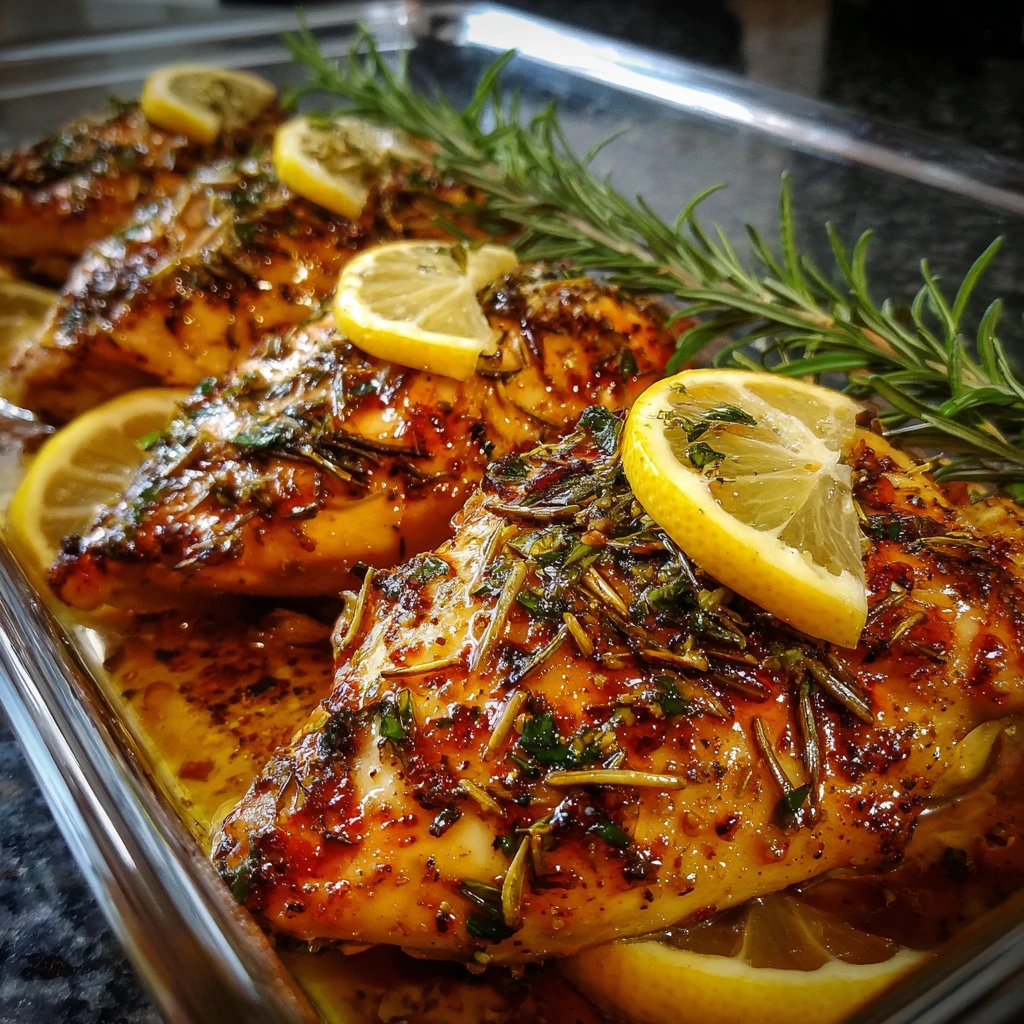
- Set Aside Time – Devote a specific amount of time each week to your meal planning session.
- Assess Your Schedule – Take a look at the coming week's demands to help guide your meal selections.
- Select Your Recipes – Refer to recipes from previous weeks, or try out new ones.
Frequently Asked Questions (FAQs)
- How can I make healthy food taste better?
Use fresh ingredients, experiment with herbs and spices, and try different cooking methods like grilling, roasting, or stir-frying.
- What are some low-calorie snack ideas?
Greek yogurt with berries, apple slices with almond butter, edamame, and vegetables with hummus are all great options.
- How important is portion control?
Portion control is crucial for managing calorie intake. Use smaller plates and bowls, and pay attention to your hunger cues.
- Is it okay to have cheat meals?
Allowing yourself occasional treats can help you stay motivated and prevent feelings of deprivation. Just be mindful of portion sizes and make sure your overall diet is healthy.
- How much water should I drink per day?
Aim to drink at least eight glasses of water per day.
